
Recent studies into Autism Spectrum Disorder (ASD) have found a lack of synchronization (“connectivity”) between different parts of the brain that normally work in tandem. But other studies have found the exact opposite – over-synchronization in the brains of those with ASD. Now, new research published in Nature Neuroscience suggests that the various reports – of both over- and under-connectivity – may, in fact, reflect a deeper principle of brain function. The new work, carried out by scientists at the Weizmann Institute and Carnegie Mellon University, shows that the brains of individuals with autism display unique synchronization patterns, a finding that could impact earlier diagnosis of the disorder and future treatments.
“Identifying brain profiles that differ from the pattern observed in typically developing individuals is crucial not only in that it allows researchers to begin to understand the differences that arise in ASD but, in this case, it opens up the possibility that there are many altered brain profiles all of which fall under the umbrella of ‘autism’ or ‘autisms,'” said Marlene Behrmann, co-director of the Center for the Neural Basis of Cognition at Carnegie Mellon.
To investigate the issue of connectivity in ASD, the researchers analyzed data obtained from functional magnetic resonance imaging studies conducted while the participants were at rest.
“Resting-state brain studies are important because that is when patterns emerge spontaneously, allowing us to see how various brain areas naturally connect and synchronize their activity,” explained co-researcher Avital Hahamy, from Weizmann’s Neurobiology Department.
A number of previous studies by these researchers and others suggest that these spontaneous patterns may provide a window into individual behavioral traits, including those that stray from the norm.
In a careful comparison of the details of these intricate synchronization patterns, the scientists discovered an intriguing difference between the control and ASD groups: the control participants’ brains had substantially similar connectivity profiles across different individuals, while those with ASD showed a remarkably different phenomenon. Those with autism tended to display much more unique patterns – each in its own, individual way. They realized that the synchronization patterns seen in the control group were “conformist” relative to those in the ASD group, which they termed “idiosyncratic.”
Differences between the synchronization patterns in the autism and control groups could be explained by the way individuals in the two groups interact and communicate with their environment.
“From a young age, the average, typical person’s brain networks get molded by intensive interaction with people and the mutual environmental factors,” Hahamy said. “Such shared experiences could tend to make the synchronization patterns in the control group’s resting brains more similar to each other. It is possible that in ASD, as interactions with the environment are disrupted, each one develops a more uniquely individualistic brain organization pattern.”
The researchers emphasize that this explanation is only tentative; much more research will be needed to fully uncover the range of factors that may lead to ASD-related idiosyncrasies. They also suggest that further research into how and when different individuals establish particular brain patterns could help in the future development of early diagnosis and treatment for autism disorders.
Related:
Discuss this article in our forum
Link found between circumcision and autism
Autism’s facial characteristics revealed
Autism, Asperger’s and Evolution


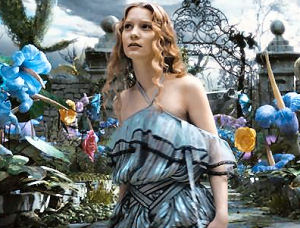
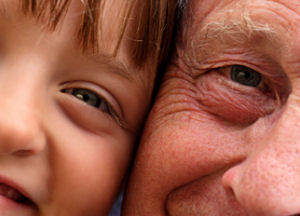
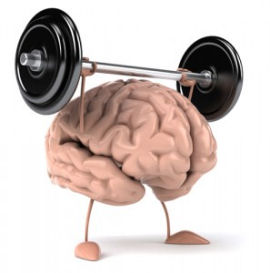
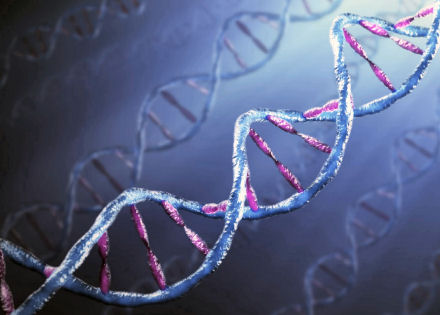




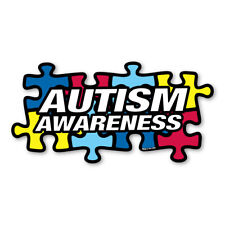

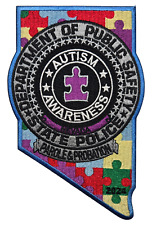
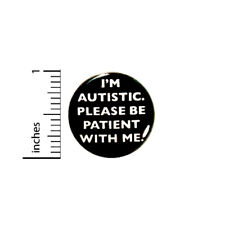
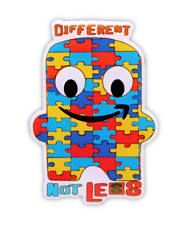

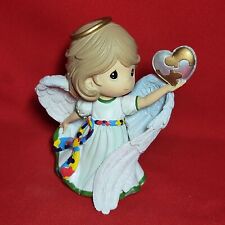
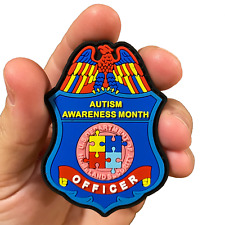
Comments are closed.